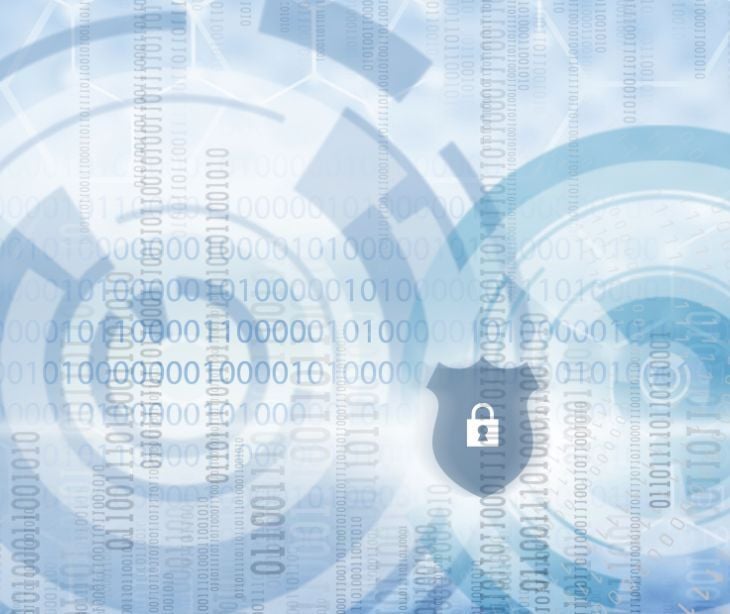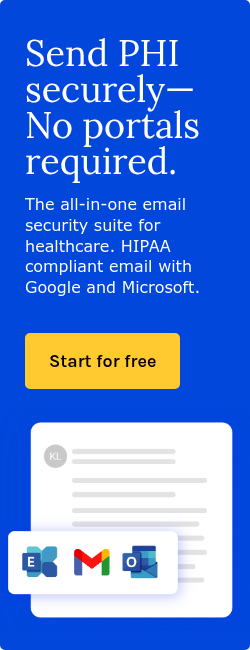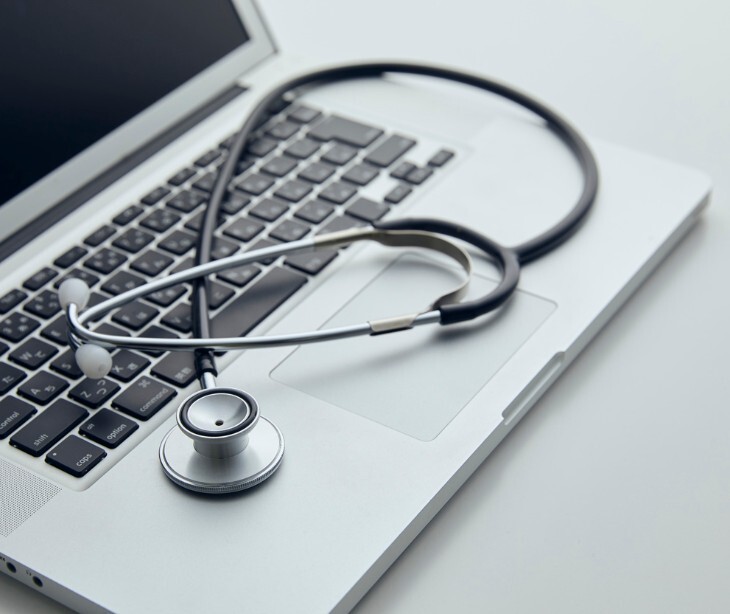
Recent findings from the Paubox report reveal that 73% of healthcare IT leaders anticipate increased security challenges in the coming year—an indicator of an industry battling with evolving threats. While healthcare organizations have long struggled with legacy systems and resource constraints, the cybersecurity landscape is now being reshaped by emerging technologies, sophisticated attack vectors, and vulnerabilities. From AI-powered attacks to supply chain vulnerabilities, the next generation of healthcare cybersecurity challenges demands an understanding of both emerging risks and practical solutions.
Emerging technologies and new attack vectors
Adopting emerging technologies in healthcare creates new categories of security challenges. Artificial intelligence systems used for diagnosis and treatment decisions introduce concerns about data integrity and algorithm manipulation. If an attacker could compromise an AI system used for medical decision-making, the potential for harm extends far beyond traditional data theft.
According to Influence of Human Factors on Cyber Security within Healthcare Organisations: A Systematic Review, "the use of information from social media has allowed cyber attackers to launch personalised and targeted attacks against healthcare professionals." This represents an evolution in attack methods, as "the classification of the different attack vectors also highlight the evolving nature of cyber attacks, which are increasingly relying on exploiting healthcare professionals' personal information shared through social media platforms. The information collected through publicly accessible resources is used to launch phishing attacks against targeted individuals."
The Internet of Medical Things (IoMT) has created networks of connected devices that often lack built-in security features. Many medical devices were designed for isolated networks but are now connected to hospital systems and, in some cases, the internet. Retrofitting security onto these devices is often impossible, requiring healthcare organizations to implement network-level protections and monitoring systems.
According to Zach Capers, the senior security analyst at Capterra, “As a healthcare organization connects more medical devices to its network, its attack surface expands. Connected medical devices often go unmonitored for security vulnerabilities, and because they run on a wide array of software and hardware platforms, it’s difficult to monitor with a single tool. This means that many connected medical devices are left wide open to cyberattacks.”
Related:
Supply chain vulnerabilities
Healthcare organizations rely on supply chains that include medical device manufacturers, pharmaceutical companies, software vendors, and service providers. Each link in this chain represents a potential vulnerability that could impact healthcare security. According to Lee Kim, Senior Principal, Cybersecurity & Privacy at HIMSS, “Data breaches involving third-party software and third-party service providers are getting more prevalent since more organizations (within and outside of healthcare) are relying on third-party service providers and third-party software.”
The systematic review identified that "the vulnerabilities introduced from the adoption of the connected infrastructure of medical devices has been studied," highlighting the interconnected nature of modern healthcare systems. Additionally, "the vulnerabilities introduced from the exchange of information among healthcare professionals has also been identified as a source of cyber threat."
The global nature of healthcare supply chains adds additional complexity. Medical devices and software may be manufactured in multiple countries with varying cybersecurity standards and regulations. Ensuring security across these international supply chains requires vendor management and risk assessment capabilities.
Financial impact and business continuity
The financial implications of cybersecurity incidents in healthcare extend beyond the immediate costs of incident response and recovery. Healthcare organizations may face regulatory fines, legal liability, and long-term reputational damage that can impact patient trust and business operations.
When cybersecurity incidents disrupt hospital operations, patients may need to be transferred to other facilities, surgeries may be postponed, and emergency departments may be forced to redirect ambulances. These disruptions have direct impacts on patient safety and outcomes.
The interconnectedness of healthcare systems means that a cybersecurity incident at one organization can affect other healthcare organizations. Electronic health record systems, insurance networks, and medical device communication protocols all create pathways for incidents to spread across organizational boundaries.
When breaches do occur, transparency becomes important for maintaining trust and minimizing long-term damage. Sarah Varnell from BARR Advisory emphasizes this point: "Transparency is key to avoid worse repercussions from breaches, both from a regulatory and reputational standpoint. Affected patients should be notified early and with a full summary of what data is affected—not just to meet legal obligations, but to maintain trust. Organizations should explain what happened and what steps are being taken to prevent it from occurring again. People are far more understanding when they feel like they're being treated honestly. Giving free credit monitoring seems to be the standard, but many people on the receiving end see it as a hollow gesture since so many similar services are already available for free."
Building resilience for the future
Building cybersecurity resilience requires an approach that addresses technology, processes, and people. This includes implementing backup and recovery systems, developing incident response capabilities, and creating security awareness programs tailored to healthcare environments.
Sarah Varnell emphasizes that effective security doesn't require completely different approaches for healthcare: "My recommendations for healthcare organizations do not differ significantly from what is considered best practice in other industries. In most cases, the attacks targeting healthcare organizations are not very technical attacks. They rely on tricking users, exploiting weak or reused passwords, or taking advantage of gaps in basic security hygiene. Once attackers have access, they can exfiltrate PHI and either ransom it back to the organization or sell it on the dark web."
Varnell's recommendations focus on fundamental security practices: "Information security awareness training that covers how to identify and prevent phishing and other social engineering attacks is critical for ensuring employees are equipped with the appropriate knowledge to protect themselves and the organization. Enforcing least privilege access controls to ensure that a compromised account can't freely move throughout the network is also a critical step in a defense plan. I also recommend having a clearly defined incident response plan, completing regular tabletop exercises, establishing policies on acceptable use and clean work desks, and restricting access to data to a need-to-know basis."
The supply chain dimension is important in healthcare. Varnell notes, "When it comes to mitigating external threats, it is important to ensure that vendors and partners, especially those that handle PHI, understand what constitutes a breach and have a clear incident response plan of their own. Many healthcare breaches originate in the supply chain, so conducting due diligence as part of a strong vendor management program is also key."
From a technical standpoint, Varnell recommends that "organizations should build robust vulnerability management programs and conduct regular penetration testing to identify and address security issues before attackers do. Additional technical controls to implement include timely patch management, endpoint detection and response, and strong multi-factor authentication, potentially in the form of hardware security keys where appropriate."
Zero-trust security models are gaining traction in healthcare, though implementation requires careful consideration of clinical workflows and emergency access needs. These models assume that no user or device should be trusted by default and require continuous verification of access requests.
Learn more: Zero trust architecture in healthcare cybersecurity
The path forward
Success requires a multi-faceted approach: realigning security budgets with actual risk exposure, implementing technical controls, building security awareness across diverse healthcare workforces, and establishing strong vendor management programs. Most importantly, it requires recognizing that cybersecurity is not a cost center but a fundamental enabler of safe, reliable patient care.
The Paubox report's findings show the urgent need for healthcare organizations to reassess their security investments, particularly around email security. With “rising cybersecurity budgets, only 11–20% of IT spending is directed toward email security," there's a clear opportunity to realign resources with actual risk exposure.
FAQs
What is the role of medical device manufacturers in cybersecurity?
Manufacturers must integrate security features during design, but many legacy devices lack this protection.
Are smaller healthcare facilities at the same risk level as large hospitals?
Yes, often more so, due to fewer resources and less robust IT infrastructures.
What happens when patient data is sold on the dark web?
It can lead to long-term identity theft, fraud, and even medical manipulation.
Can patients do anything to protect their health information?
Patients can request access logs and use secure patient portals, but systemic protection is largely beyond their control.
Subscribe to Paubox Weekly
Every Friday we'll bring you the most important news from Paubox. Our aim is to make you smarter, faster.




